
In this lesson, students will research information to describe climates in different regions of the world. Then students will design a prototype of different tools used in understanding climate.

The investigation focuses on exploring the impact of hose length on water flow rate in a solar-powered pump system. Students will set up a simple experiment using a solar pump connected to hoses of

It can be challenging to sort through the various robot options out in the market for educators. This lesson is for educators who have used robots or are new to using robots. The intention is to use
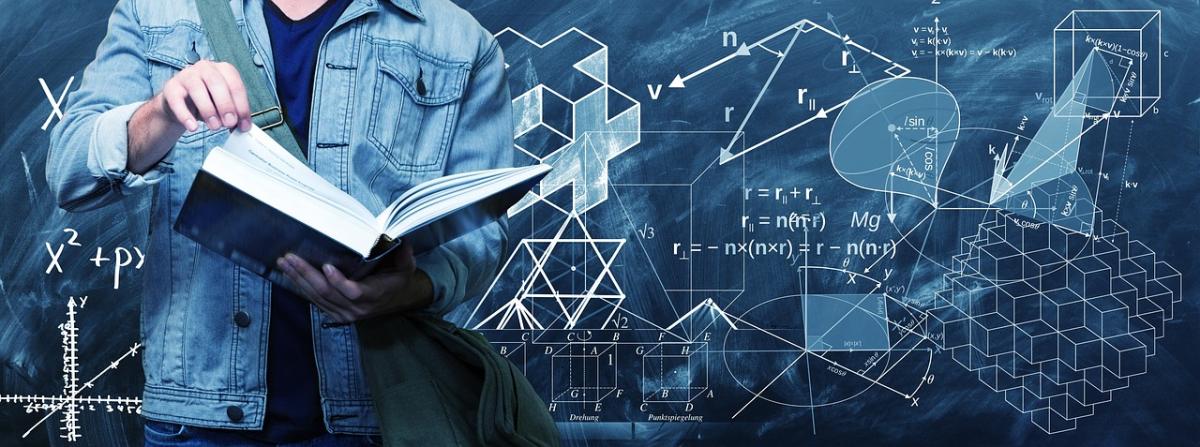
This lesson introduces students to TinkerCAD and has them create simple shapes that measure at a given ratio. The students then print and measure their design to see how close they were able to get to
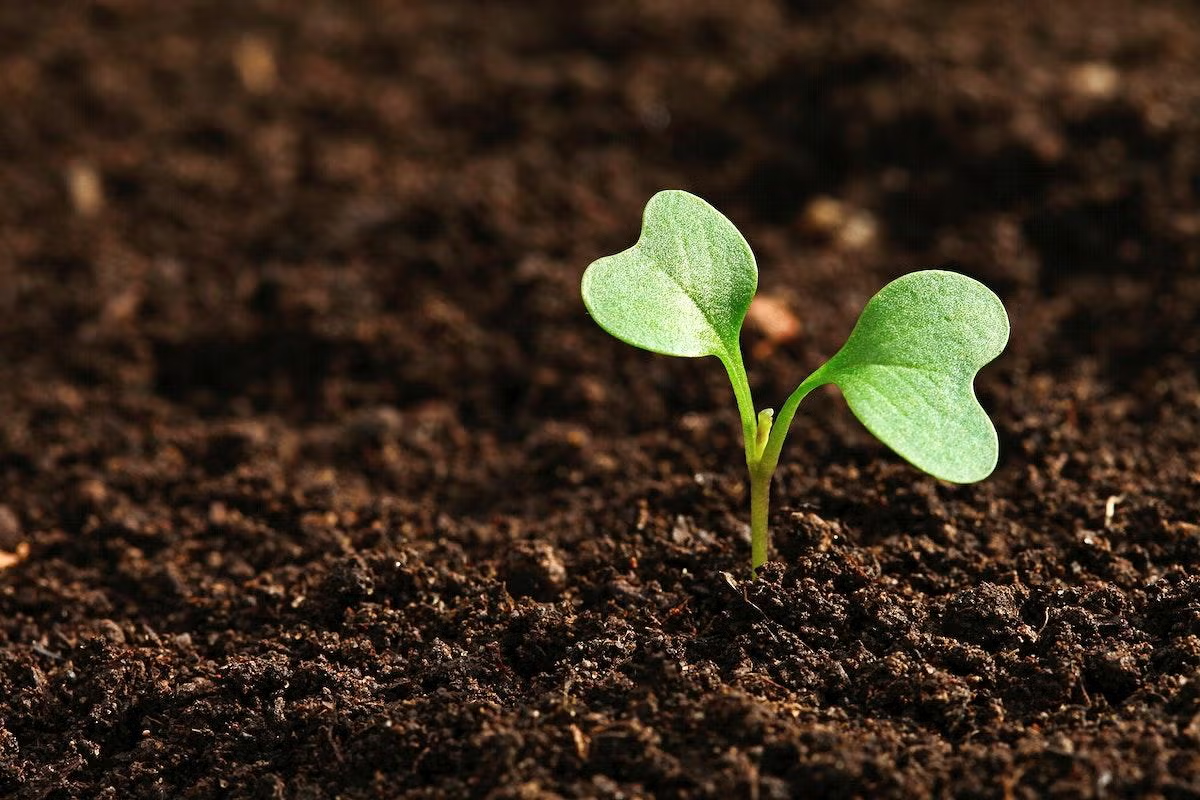
This is the part 2 of composting lesson aligned to narrative writing. In this lesson, students embark in the experience of observing the decomposition process of the materials, identifying the factors
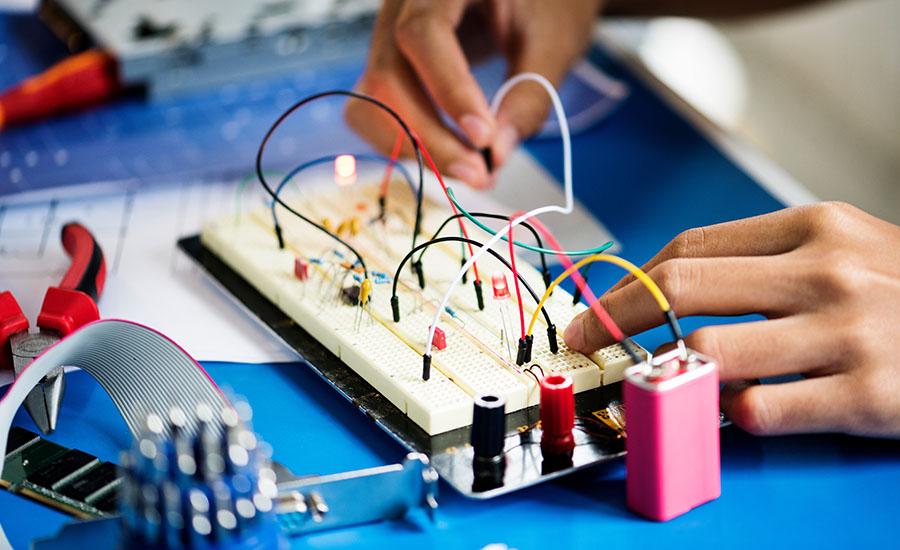
In this hands-on STEM lesson, students will have the opportunity to explore light and color theory by building their own adjustable color mixing circuit with an RGB LED. Variable resistors will allow

Students use a 2-D physics sandbox, called Algodoo, to simulate the factors that might affect the period of a circular orbit of a planet about a star. Students develop Kepler's 3rd Law conceptually by

In this 3 day lesson plan, students will discover the relationships between the sun, earth, moon, solar/lunar eclipses and the tides.
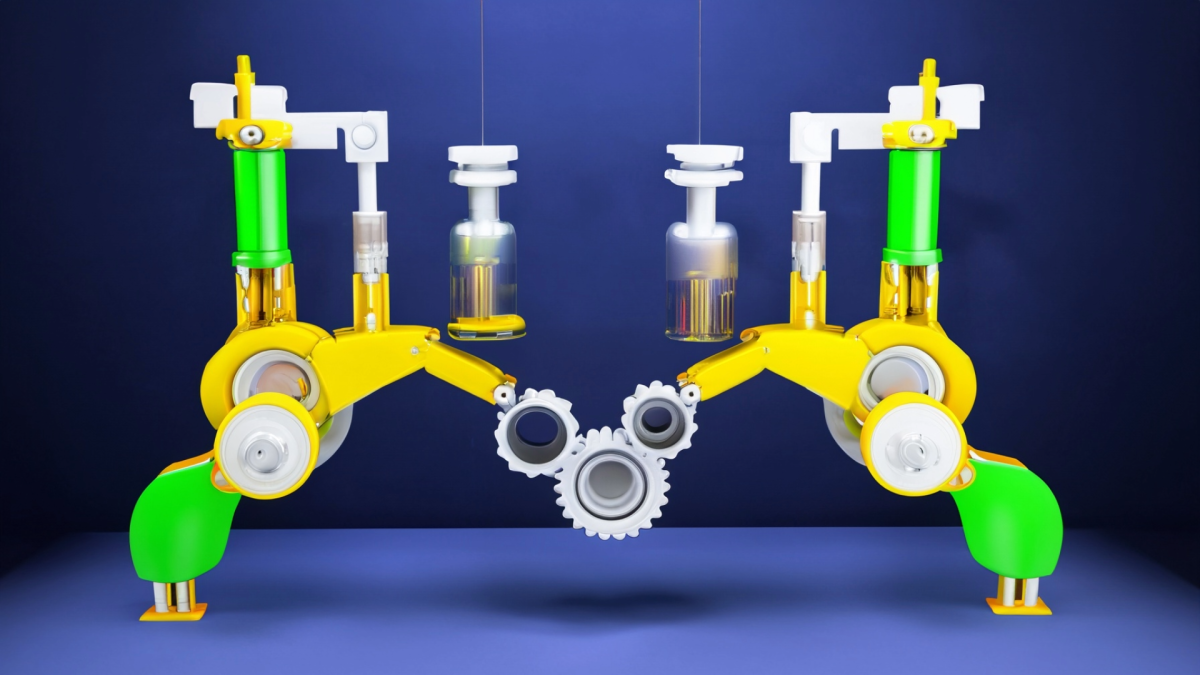
This lesson is part 2 of 2, Days 3 and 4. This lesson is set up to have students explore the friction bridge designed by Leonardo Da Vinci. Students have discovered the inventor and become familiar

A middle school STEM lesson using art to introduce slope.

This lesson is part 1 of 2. This lesson is set up to have students explore the friction bridge designed by Leonardo Da Vinci. Students first discover the inventor and become familiar with his life

Get ready for the opportunity to experience the life of a scribe in 2000 B.C.E. During this productivity lab and inquiry, students explore how new knowledge and new technology can impact a workers

In this lesson students will use Tinkercad to design a puzzle piece that will be used in the Escape Room from the previous lesson. This can be used as a stand alone lesson or in conjunction with the

In this lesson students will design a rough and final draft of an escape room using scale factor and ratios. Students will also create an escape plan using math at the level of the teachers choosing

In this STEAM lesson plan students will engage in creative design using the Cricut. Students will be expected to design and build their own shoe design inspired by the Vans company. Through this

This lesson is a follow up of lesson 1 of 2. Students will extend the focus of their cause by creating a logo and swag to be presented at an "EXPO" held at your school.

This lesson can be applied to multiple content areas. Following a discussion about what a cause is and looking at examples, students will work in groups to create a name, mission statement, and vision

An investigation into the function and uses of solar panels in agriculture - Agrivoltaics. Exploring how to get the most efficient use of your solar panels for your gardens.

This lesson plan engages students in beginner composting. Students will discuss, design, and create a homemade composter. The lesson will also engage students in collecting and recording data to

Students begin by using the Google Sunroof website to compare the cost/benefits of installing solar panels on a home's roof using different financial methods- buying, leasing and renting panels. After
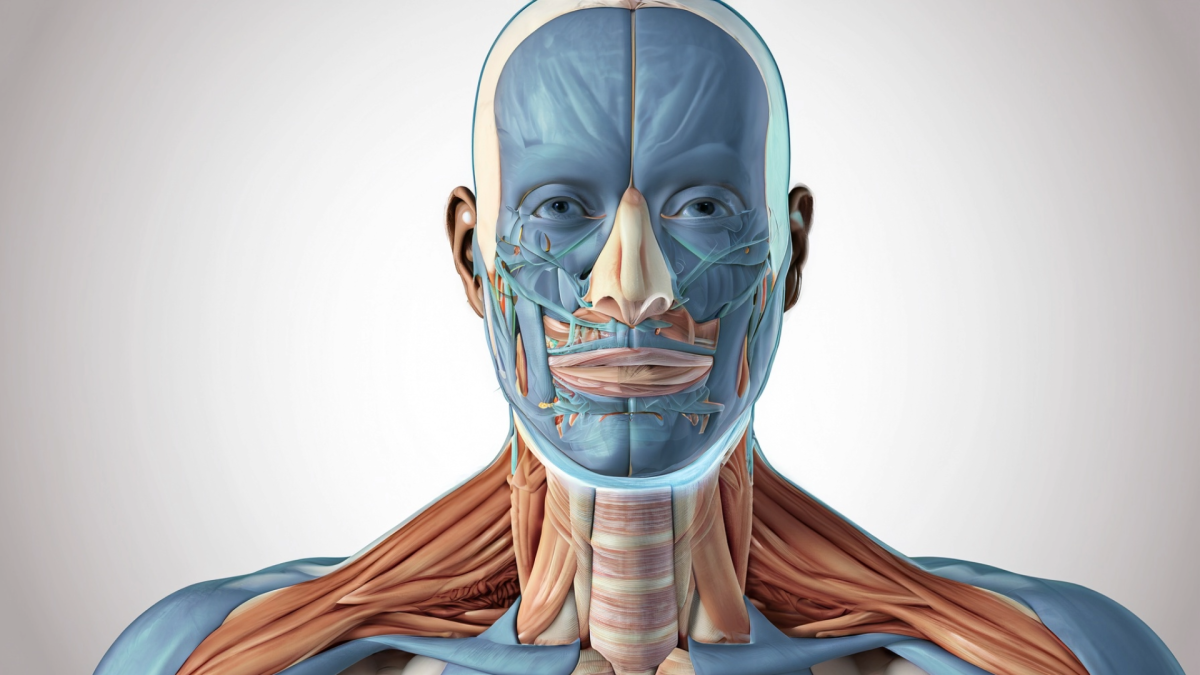
This engaging lesson has students create a dynamic poem, using at least 3 particular Literary Elements, that describes the form and function of a particular Anatomy & Physiology term. The students

What lives underground? Kinder- 2nd grade students will dig into the life found underground in this 3-part series. In this lesson, students will dig underground to extract soil, investigate/evaluate

This project sets students up to explore animal anatomy and physiology with the idea of replacing a lost appendage (beak, leg, tail, fin, etc.) This is used in small groups of 2 or 3 over the course

The lesson plan goes beyond the conventional boundaries of art and science, highlighting the interdisciplinary nature of these fields. Students will discover the synergies between art (A) and STEM


